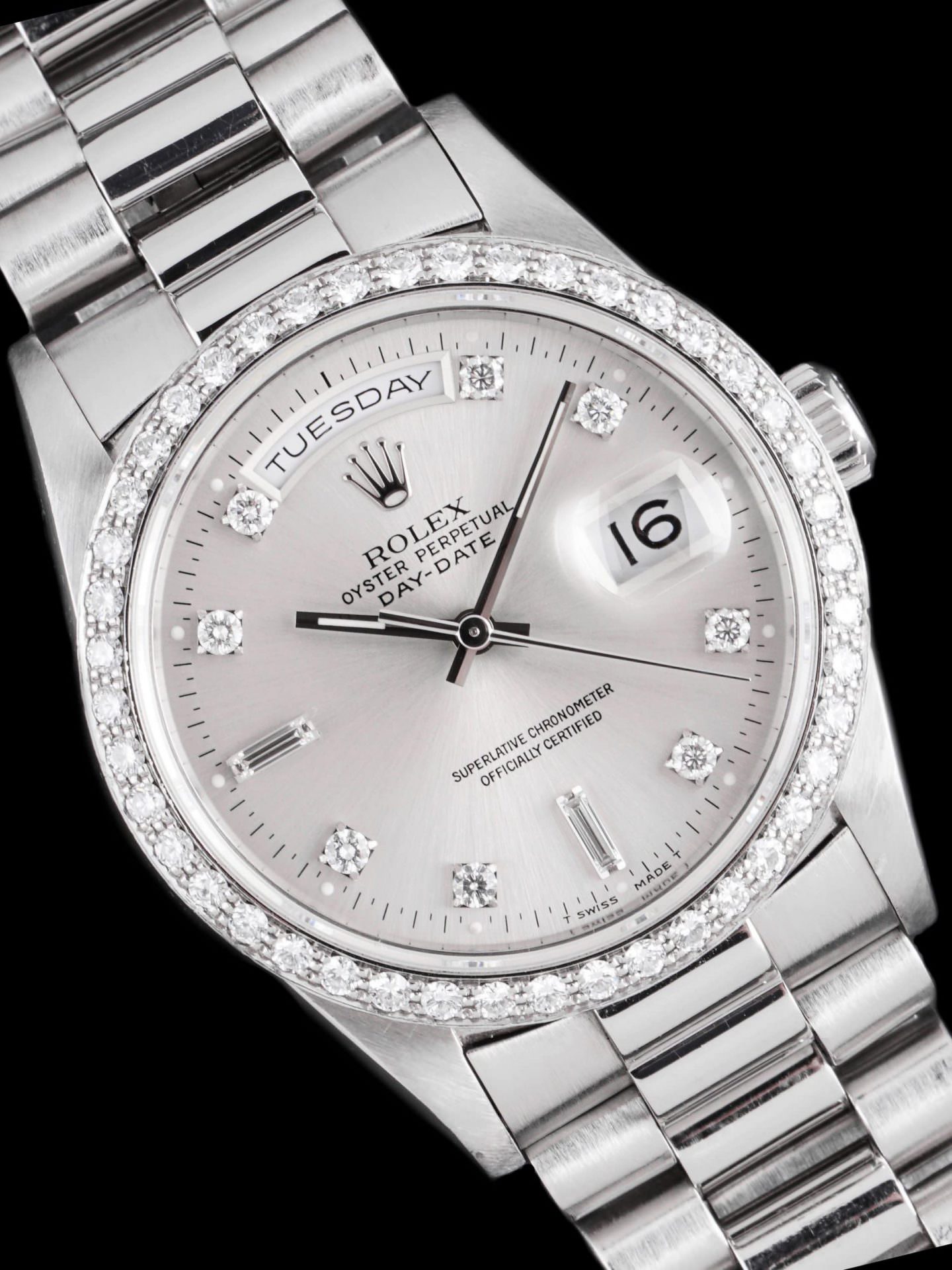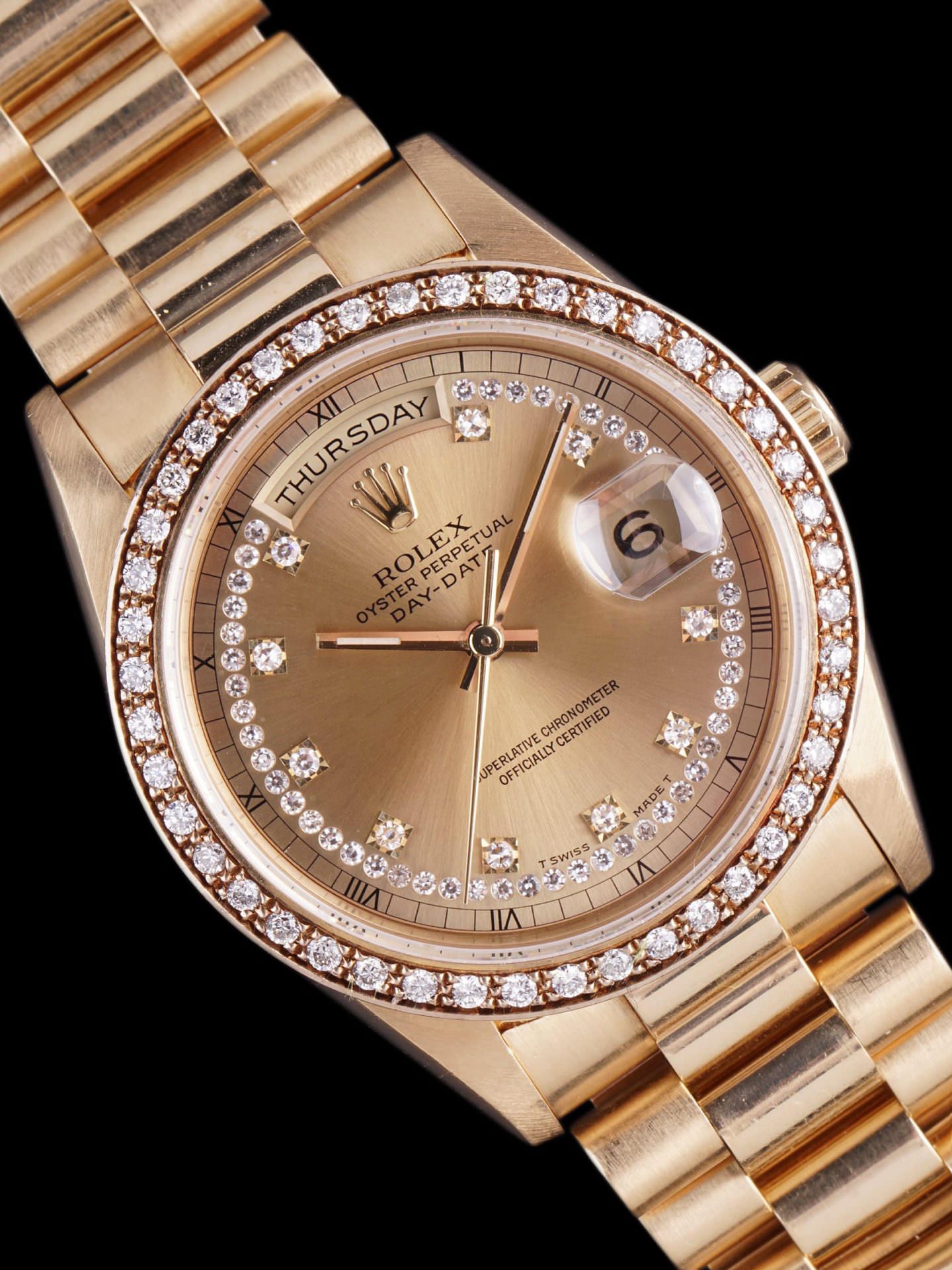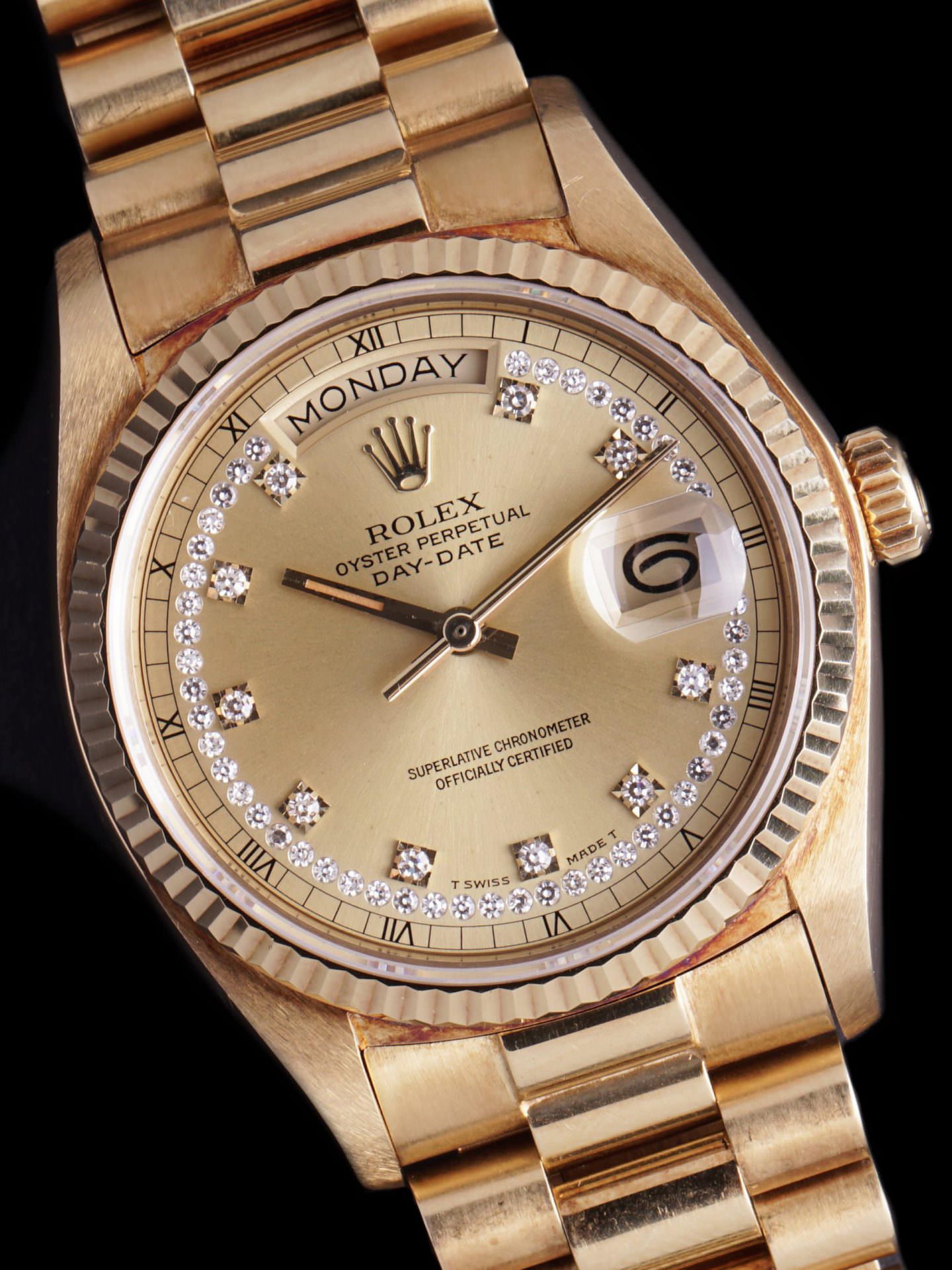For inquisitive types who’ve done their reading — and might just have a four-digit reference on the wrist — it’s a brand whose designs are rooted in many demanding purposes, that’s achieved luxury status over decades of commitment to pushing the envelope of excellence. For the less watch-crazed, Rolex is simply seen as a be-all and end-all type luxury brand, with the hottest watches in the game. Though the aforementioned scholars would likely be quick to scoff at the latter bunch, they’re not wrong in the slightest and are instead a product of the Wilsdorf brand’s third wave evolution towards the production of heavily gem-set timepieces. It’s time to explore the road traveled towards the truly iced out of today’s catalogs, with a few notable mentions along the way.
The reputation Rolex enjoys today might be largely thanks to their seemingly never-ending list of tool watch icons, but dressier, and further upmarket timepieces cased in precious metals have had a place in the catalog since the earliest days of the brand. Silver and yellow gold cases were available in the beginning, with white gold and platinum entering the fold later on, around the same time as diamonds would begin being integrated into men’s models. Early gem-set references of the late 40s and early 50s were all tastefully enhanced without going what some might deem overboard, by generally limiting the setting of stones to hour indices.
Fast forward, and the 60s are approaching with a decidedly different attitude towards wristwatch design, along with extravagance as a whole. Rolex responded by beginning to produce the GMT Master in 18k yellow gold and offering fully diamond-set bezels on the Day-Date, which can be seen as the brand’s first serialized step towards a new luxury territory of their own. As the decade quickly came to a close, matters only intensified with the introduction of the gold Ref. 1680 Submariner in 1969, against the backdrop of an ever-escalating Day-Date.




By this point, the coronet brand had evolved into a different entity than it once was, and embraced their new renown through watches like the “SARU” GMT Master of the mid 80s — the first sports reference to be set with gemstones. With the later Ref. 6269 and 6270 Daytonas, Rolex put the same theory into practice, setting the tone for nearly all collections in the years to follow. Through the production of such rare and lavish variants of otherwise capable tool watches like these, Rolex helped reinforce interest in the more illustriously specced Day-Date and Datejust references, realizing unique forms like the more than adequately diamond-accented string dial Day-Date.
Today, the brand maintains their reputation for the truly iced out through larger than life watches like the rainbow Daytonas and Pearlmaster range, but most notably through their continued dedication to setting the highest quality stones available. To ensure the stones themselves are the very best, colour and clarity and prioritized, but with a dimensional variance tolerance of just 2 hundredths of a millimetre, Rolex is certainly serious about stone cuts. This process of selection guarantees not only brilliance, but symmetry as well. It should come as no surprise that what’s virtually the absolute best stone selection and setting process you could ask for is in house, and the absolute best is what you want when after something along these lines. You could opt for one in aftermarket form, but even those command pretty pennies, making the additional investment into quality and a piece of the gem-set Rolex lineage more than justified.

Check out 'Reference Tracks' our Spotify playlist. We’ll take you through what’s been spinning on the black circle at the C + T offices.

Never miss a watch. Get push notifications for new items and content as well as exclusive access to app only product launches.
Sign up for our newsletter to receive updates and exclusive offers